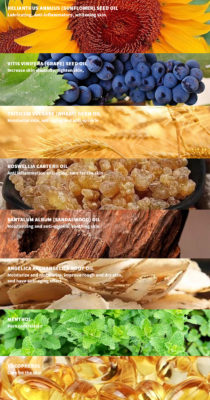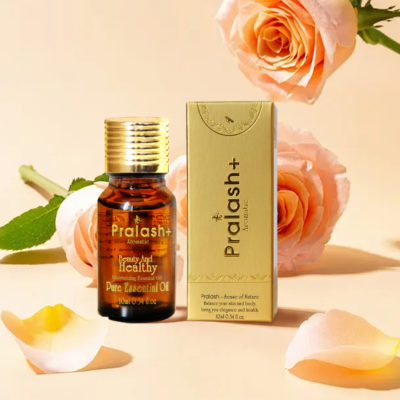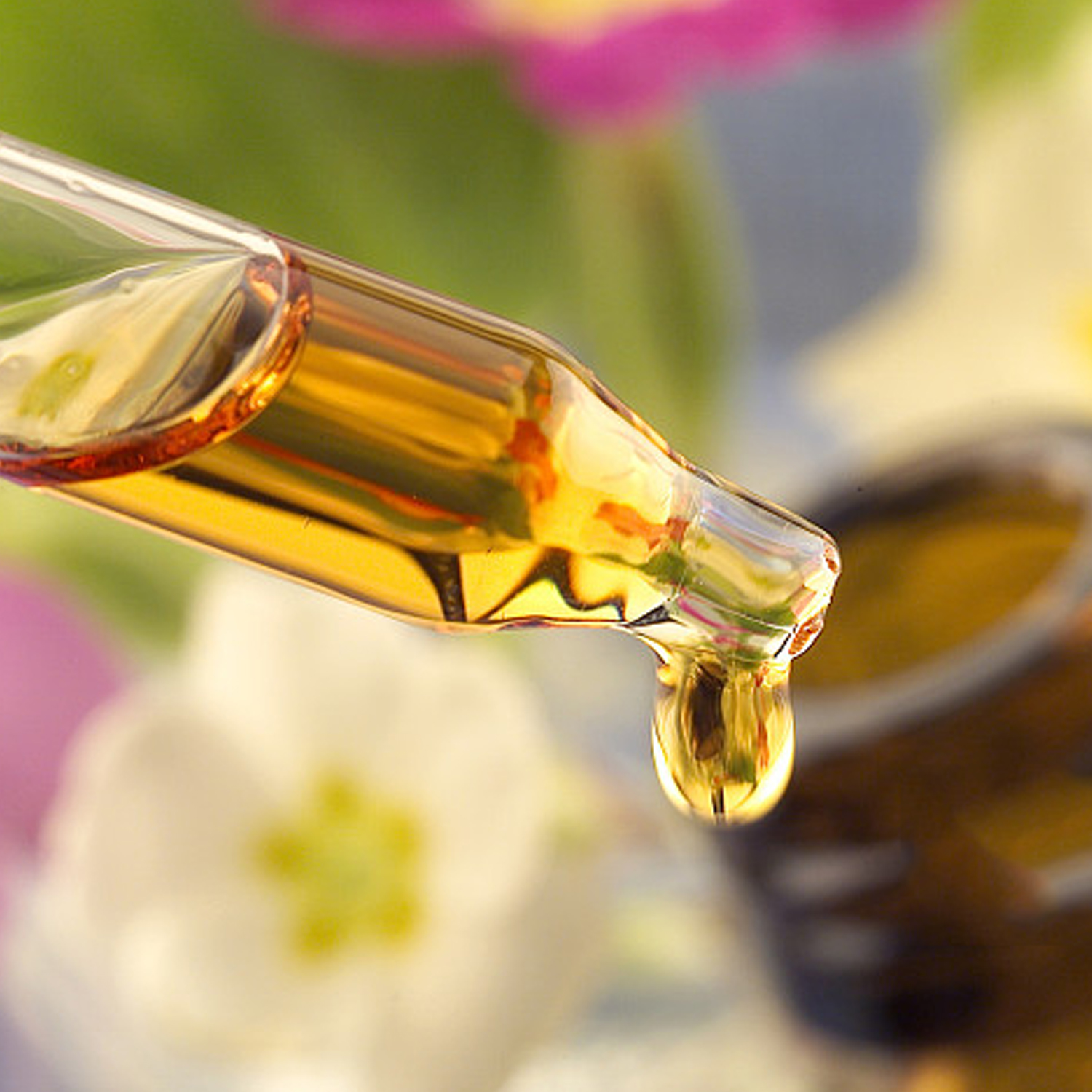Dry skin is a major element that affects your beauty, so an important homework for autumn and winter skin care is to replenish water. If you want the correct skin care to achieve the desired effect, please read on!
Hydration and moisturizing are two closely related beauty steps. Hydration is to increase the water content of the skin, while moisturizing is to form a protective film on the skin surface to prevent water from evaporating.
Many human skin problems occur in the dermis, but in order for skin care ingredients to reach the dermis, they need to pass through the “tightly organized” epidermis. Unfortunately, many artificial skin care ingredients do not work on the dermis at all because their molecules are too large to penetrate the epidermis.
Essential oils are different. Essential oils are derived from small plant molecule aromatic substances brought out by water vapor transpiration. Small molecules indicate strong permeability. They can easily pass through the epidermis and enter the dermis to improve the skin.
Strictly speaking, essential oils cannot replenish water, because it is oil, not water. It is pure dew that can really replenish water. What can essential oils do? It can improve the “water content” of the skin!

Applicable Essential Oil
Sandalwood essential oil and rose essential oil are two kinds of essential oils with good moisturizing effects in autumn. They have contraction function, can effectively control oil, replenish the moisture needed by the skin, shrink pores, and promote skin metabolism. In addition, essential oils such as jasmine, lemon, bergamot, cypress, frankincense, orange, chamomile, geranium, fennel and other essential oils can also deeply nourish the skin, allowing you to have moisturized skin even in dry autumn and winter.
Compound Essential Oils
If you are not very familiar with each raw material, it is also a good choice to use compound essential oils. Compound essential oils with different functions have been formulated by professionals, and various required raw materials have been added to target different skin problems. Good maintenance.

Instructions:
After cleansing the face, gently pat the moisturizing water on the face to replenish skin moisture.
After cleansing the face, put the moisturizing mask formula in a glass bowl and stir well. Spread the facial mask paper on the surface of the bowl so that it can fully absorb the layer of essential oils on the water surface. Then cover the mask paper on the face for 20-25 minutes and wash off with water.
Apply the lotion evenly on the face and neck, massage to absorb.
Terms and Conditions:
Use the mask no more than twice a week.
The concentration of essential oils should not be too high, otherwise it may cause physical discomfort and even vomiting.
Patients with low blood pressure should avoid using essential oils such as sandalwood. Patients with high blood pressure and pregnant women should consult a doctor or professional aromathenist before using essential oils.
In addition to essential oils, vegetable oils can also retain water. The famous “liquid gold” – jojoba oil, because most of the ingredients are plant waxy, this is a kind of oil that can breathe and prevent water loss.

